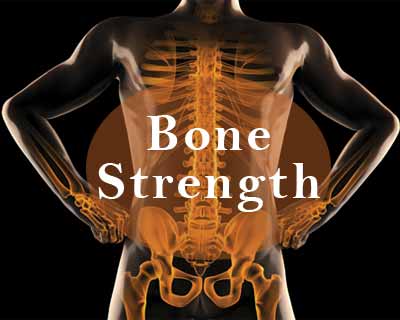- Home
- Editorial
- News
- Practice Guidelines
- Anesthesiology Guidelines
- Cancer Guidelines
- Cardiac Sciences Guidelines
- Critical Care Guidelines
- Dentistry Guidelines
- Dermatology Guidelines
- Diabetes and Endo Guidelines
- Diagnostics Guidelines
- ENT Guidelines
- Featured Practice Guidelines
- Gastroenterology Guidelines
- Geriatrics Guidelines
- Medicine Guidelines
- Nephrology Guidelines
- Neurosciences Guidelines
- Obs and Gynae Guidelines
- Ophthalmology Guidelines
- Orthopaedics Guidelines
- Paediatrics Guidelines
- Psychiatry Guidelines
- Pulmonology Guidelines
- Radiology Guidelines
- Surgery Guidelines
- Urology Guidelines
Placenta size may predict Offspring's bone strength : research

London : A larger placenta during pregnancy could lead to larger bones in children, new research has found.
The researchers believe that this latest research offers new insights into earlier observations linking maternal factors in pregnancy with offspring bone health. Larger bones in early life are likely to lead to larger, stronger bones in older adulthood, which reduces the risk of osteoporosis and broken bones in later life.
"These findings really help us to understand the possible mechanisms whereby factors such as maternal diet, smoking, physical activity and vitamin D status may influence offspring bone development," said lead researcher Nicholas Harvey, professor at University of Southampton in Britain.
The researchers studied 518 children in the Avon Longitudinal Study of Parents and Children (ALSPAC) who underwent bone scans at nine, 15 and 17 years of age. Measurements such as thickness, volume and weight, were also taken from the mothers' placenta.
The team found that greater placental size at birth was associated with larger bones at each age in childhood.
The study, published in the Journal of Bone and Mineral Research, found that the relationship between the placenta and offspring bone remained robust even after adjusting for factors such as the child's height and weight and pubertal status.
"This work builds on our previous findings from the Southampton Women's Survey, and demonstrates that positive associations between placental size and offspring bone size are maintained even through puberty," Harvey noted.

Disclaimer: This site is primarily intended for healthcare professionals. Any content/information on this website does not replace the advice of medical and/or health professionals and should not be construed as medical/diagnostic advice/endorsement or prescription. Use of this site is subject to our terms of use, privacy policy, advertisement policy. © 2020 Minerva Medical Treatment Pvt Ltd